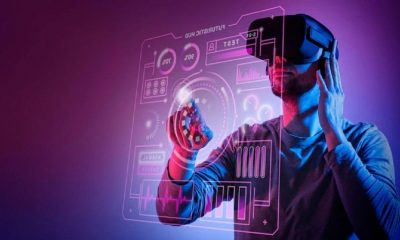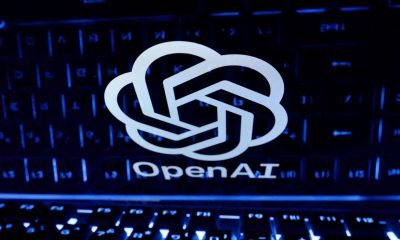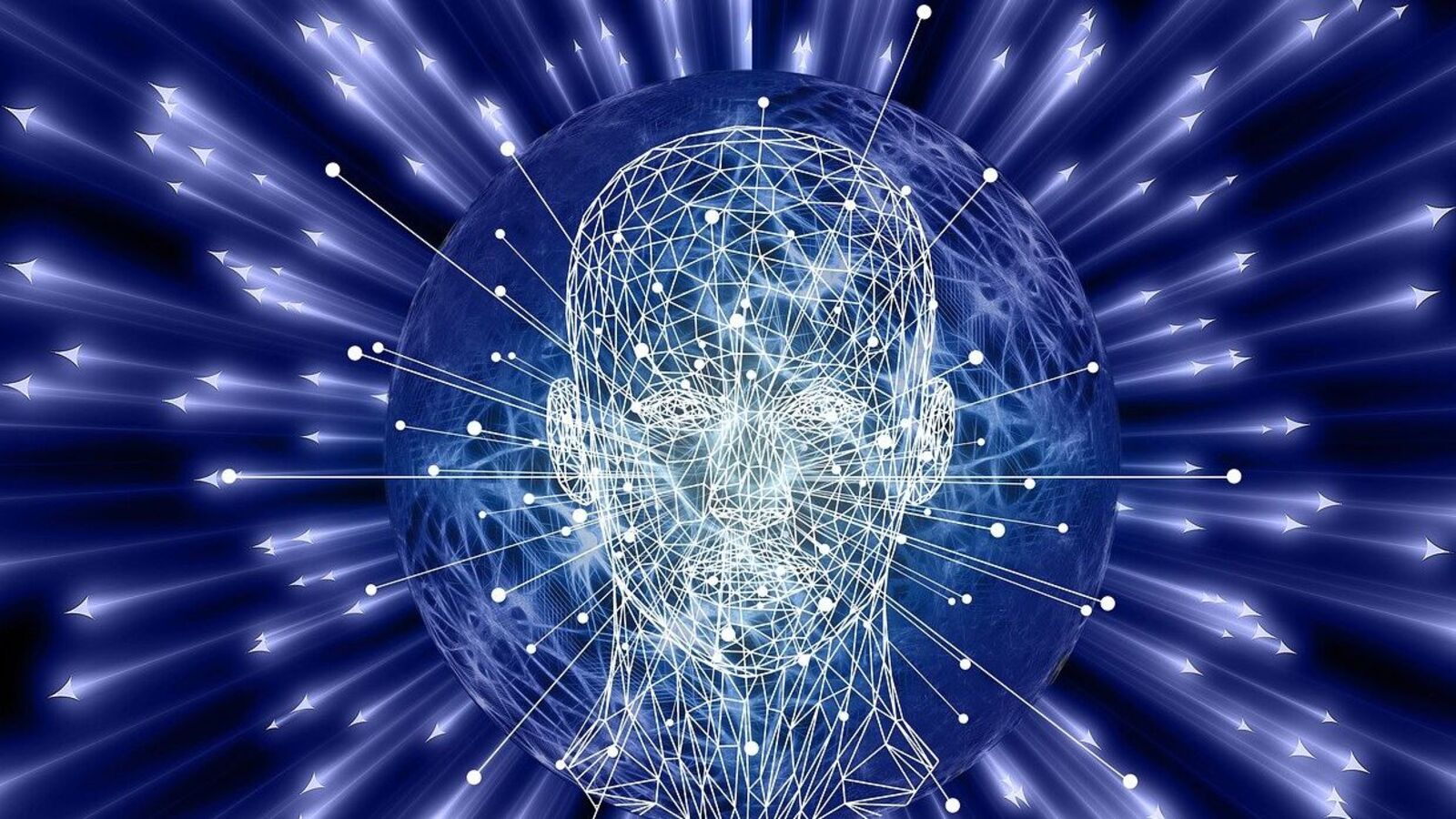
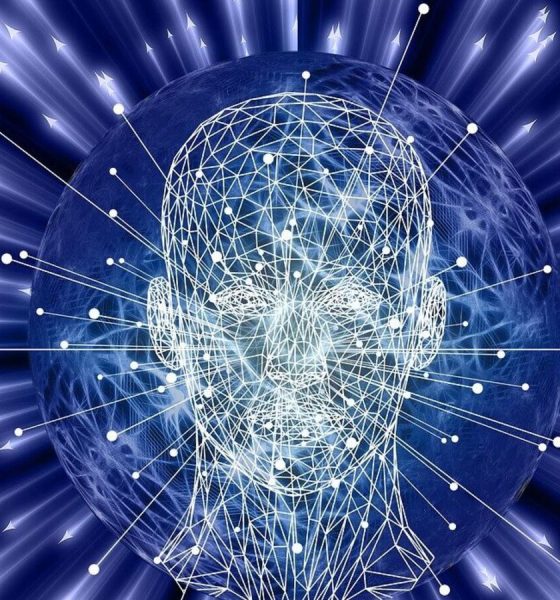
Metaverse
Researchers are figuring out how large language models work – Crypto News
LLMs are built using a technique called deep learning, in which a network of billions of neurons, simulated in software and modelled on the structure of the human brain, is exposed to trillions of examples of something to discover inherent patterns. Trained on text strings, LLMs can hold conversations, generate text in a variety of styles, write software code, translate between languages and more besides.
Models are essentially grown, rather than designed, says Josh Batson, a researcher at Anthropic, an AI startup. Because LLMs are not explicitly programmed, nobody is entirely sure why they have such extraordinary abilities. Nor do they know why LLMs sometimes misbehave, or give wrong or made-up answers, known as “hallucinations”. LLMs really are black boxes. This is worrying, given that they and other deep-learning systems are starting to be used for all kinds of things, from offering customer support to preparing document summaries to writing software code.
It would be helpful to be able to poke around inside an LLM to see what is going on, just as it is possible, given the right tools, to do with a car engine or a microprocessor. Being able to understand a model’s inner workings in bottom-up, forensic detail is called “mechanistic interpretability”. But it is a daunting task for networks with billions of internal neurons. That has not stopped people trying, including Dr Batson and his colleagues. In a paper published in May, they explained how they have gained new insight into the workings of one of Anthropic’s LLMs.
One might think individual neurons inside an LLM would correspond to specific words. Unfortunately, things are not that simple. Instead, individual words or concepts are associated with the activation of complex patterns of neurons, and individual neurons may be activated by many different words or concepts. This problem was pointed out in earlier work by researchers at Anthropic, published in 2022. They proposed—and subsequently tried—various workarounds, achieving good results on very small language models in 2023 with a so-called “sparse autoencoder”. In their latest results they have scaled up this approach to work with Claude 3 Sonnet, a full-sized LLM.
A sparse autoencoder is, essentially, a second, smaller neural network that is trained on the activity of an LLM, looking for distinct patterns in activity when “sparse” (ie, very small) groups of its neurons fire together. Once many such patterns, known as features, have been identified, the researchers can determine which words trigger which features. The Anthropic team found individual features that corresponded to specific cities, people, animals and chemical elements, as well as higher-level concepts such as transport infrastructure, famous female tennis players, or the notion of secrecy. They performed this exercise three times, identifying 1m, 4m and, on the last go, 34m features within the Sonnet LLM.
The result is a sort of mind-map of the LLM, showing a small fraction of the concepts it has learned about from its training data. Places in the San Francisco Bay Area that are close geographically are also “close” to each other in the concept space, as are related concepts, such as diseases or emotions. “This is exciting because we have a partial conceptual map, a hazy one, of what’s happening,” says Dr Batson. “And that’s the starting point—we can enrich that map and branch out from there.”
Focus the mind
As well as seeing parts of the LLM light up, as it were, in response to specific concepts, it is also possible to change its behaviour by manipulating individual features. Anthropic tested this idea by “spiking” (ie, turning up) a feature associated with the Golden Gate Bridge. The result was a version of Claude that was obsessed with the bridge, and mentioned it at any opportunity. When asked how to spend $10, for example, it suggested paying the toll and driving over the bridge; when asked to write a love story, it made up one about a lovelorn car that could not wait to cross it.
That may sound silly, but the same principle could be used to discourage the model from talking about particular topics, such as bioweapons production. “AI safety is a major goal here,” says Dr Batson. It can also be applied to behaviours. By tuning specific features, models could be made more or less sycophantic, empathetic or deceptive. Might a feature emerge that corresponds to the tendency to hallucinate? “We didn’t find a smoking gun,” says Dr Batson. Whether hallucinations have an identifiable mechanism or signature is, he says, a “million-dollar question”. And it is one addressed, by another group of researchers, in a new paper in Nature.
Sebastian Farquhar and colleagues at the University of Oxford used a measure called “semantic entropy” to assess whether a statement from an LLM is likely to be a hallucination or not. Their technique is quite straightforward: essentially, an LLM is given the same prompt several times, and its answers are then clustered by “semantic similarity” (ie, according to their meaning). The researchers’ hunch was that the “entropy” of these answers—in other words, the degree of inconsistency—corresponds to the LLM’s uncertainty, and thus the likelihood of hallucination. If all its answers are essentially variations on a theme, they are probably not hallucinations (though they may still be incorrect).
In one example, the Oxford group asked an LLM which country is associated with fado music, and it consistently replied that fado is the national music of Portugal—which is correct, and not a hallucination. But when asked about the function of a protein called StarD10, the model gave several wildly different answers, which suggests hallucination. (The researchers prefer the term “confabulation”, a subset of hallucinations they define as “arbitrary and incorrect generations”.) Overall, this approach was able to distinguish between accurate statements and hallucinations 79% of the time; ten percentage points better than previous methods. This work is complementary, in many ways, to Anthropic’s.
Others have also been lifting the lid on LLMs: the “superalignment” team at OpenAI, maker of GPT-4 and ChatGPT, released its own paper on sparse autoencoders in June, though the team has now been dissolved after several researchers left the firm. But the OpenAI paper contained some innovative ideas, says Dr Batson. “We are really happy to see groups all over, working to understand models better,” he says. “We want everybody doing it.”
© 2024, The Economist Newspaper Limited. All rights reserved. From The Economist, published under licence. The original content can be found on www.economist.com
-

 Blockchain1 week ago
Blockchain1 week agoOn-Chain Tokenization for Payments Professionals – Crypto News
-
Cryptocurrency1 week ago
Copper and P2P.org announce strategic collaboration to elevate institutional staking solutions – Crypto News
-

 others1 week ago
others1 week agoBillionaire Barry Silbert Says This Is the Next Big Investment Theme for Crypto Assets – Crypto News
-

 others1 week ago
others1 week agoInteroperability Protocol Asset Surges After a16z Acquires $55,000,000 Worth of the Project’s Native Asset – Crypto News
-
Cryptocurrency1 week ago
Breaking: Canary Capital Files For Staked Tron ETF – Crypto News
-

 Blockchain1 week ago
Blockchain1 week agoCrypto, DeFi may widen wealth gap, destabilize finance: BIS report – Crypto News
-

 others6 days ago
others6 days agoGBP/USD retreats from YTD high past 1.34 on Fed turmoil – Crypto News
-
others6 days ago
Cantor Partners With Tether, SoftBank, Bitfinex For $3 Billion Bitcoin Bet – Crypto News
-

 Cryptocurrency1 week ago
Cryptocurrency1 week agoSolana founders ‘returning to cypherpunk roots’: Colosseum’s Taylor – Crypto News
-
others1 week ago
Binance Reveals Major Update For Indian Users: Details – Crypto News
-
Business1 week ago
Pi Coin Price Soars As Pi Network Reveals Massive Community Reward Plans – Crypto News
-

 Blockchain1 week ago
Blockchain1 week agoCardano Whales Offload 180 Million ADA In 5 Days – Smart Profit-Taking? – Crypto News
-

 Blockchain1 week ago
Blockchain1 week agoAltcoin unit bias ‘absolutely destroying’ crypto newbies — Samson Mow – Crypto News
-

 Cryptocurrency1 week ago
Cryptocurrency1 week agoCardano Price Safeguards $0.600 Support, Upside Momentum Weakens – Crypto News
-

 Cryptocurrency1 week ago
Cryptocurrency1 week agoXRP bulls eye $2.60 – One move can trigger a major squeeze – Crypto News
-
Business1 week ago
Expert Says Solana Price To $2,000 Is Within Reach, Here’s How – Crypto News
-

 Cryptocurrency1 week ago
Cryptocurrency1 week agoBybit CEO: Two-Thirds of Funds From $1.4B Lazarus Group Hack Still Traceable – Crypto News
-

 others6 days ago
others6 days agoAustralian Dollar receives support as private sector activity expands in April – Crypto News
-

 others5 days ago
others5 days agoTests 99.00 support after pulling back from nine-day EMA – Crypto News
-

 Cryptocurrency5 days ago
Cryptocurrency5 days agoDogecoin ETF? 21Shares files as crypto market sees 12% rally – Crypto News
-

 Blockchain1 week ago
Blockchain1 week agoXRP to $50? Technical Analyst Lays Out the Roadmap – Crypto News
-

 Technology1 week ago
Technology1 week agoWhat is UPI Meta? NPCI may plan new feature to streamline online payments: All you need to know – Crypto News
-

 others1 week ago
others1 week agoSEC Greenlights New VanEck ‘Onchain Economy ETF’ That Holds Stocks Tied to the Digital Asset Sector – Crypto News
-

 Blockchain1 week ago
Blockchain1 week agoFiring Jerome Powell will crash financial markets — Sen. Elizabeth Warren – Crypto News
-
Business1 week ago
Lorenzo Protocol (BANK) Price Rallies 150% After This Binance Announcement – Crypto News
-
Cryptocurrency1 week ago
Elizabeth Warren Warns Stock Market Will Crash If Trump Fires Powell, Will Crypto Market Crash Too? – Crypto News
-
Business1 week ago
XRP, Bitcoin, Ethereum Price Prediction: $100M Shorts Wiped as Crypto Market Bounces 2.89% – Crypto News
-
Technology7 days ago
Peter Schiff Predicts Gold Will Soar As Fed Cuts Rates, Will Bitcoin Price Follow? – Crypto News
-
Technology6 days ago
European Central Bank Claims Trump’s Crypto Push to Impact Europe Economy – Crypto News
-
Business6 days ago
Quickswap Founder Shares What it Takes to Build a Successful DEX – Crypto News
-

 Technology6 days ago
Technology6 days agoAWS, Microsoft Slow Down Data Center Deployments – Crypto News
-

 Technology5 days ago
Technology5 days agoHashKey, Bosera partner to launch world’s first tokenized money market ETFs – Crypto News
-

 Cryptocurrency5 days ago
Cryptocurrency5 days agoXRP climbs on risk appetite as Trump Fed stance lift crypto rally – Crypto News
-

 Blockchain5 days ago
Blockchain5 days agoStrike’s Mallers to head firm seeking superior Bitcoin play to MSTR – Crypto News
-

 others1 week ago
others1 week agoGBP/USD remains on track to post weekly gains – Crypto News
-
Technology1 week ago
XRP Price Holds $2.08 Amid Derivatives Surge and Liquidation Risks – Crypto News
-
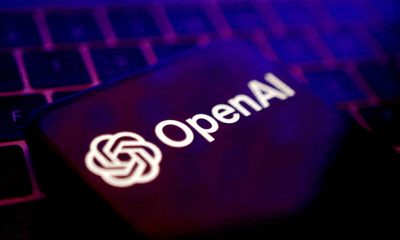
 Technology1 week ago
Technology1 week agoOpenAI’s latest AI models are smarter, but they make things up more often. Here’s what we know – Crypto News
-

 Blockchain1 week ago
Blockchain1 week agoTrump firing Powell would be a ‘very bad precedent to set’ — Pompliano – Crypto News
-
others1 week ago
Italy Trade Balance EU up to €-0.361B in February from previous €-0.635B – Crypto News
-

 Blockchain1 week ago
Blockchain1 week agoBitcoin Ready For $90K? ‘Next Big Move’ Could Come Next Week – Crypto News
-

 Cryptocurrency1 week ago
Cryptocurrency1 week agoCanary Capital Seeks SEC Approval for Tron ETF With Staking – Crypto News
-
others1 week ago
Peter Brandt Predicts 50% Crash For ‘Everyone’s Favorite’ XRP Price – Crypto News
-

 others1 week ago
others1 week agoOn-Chain Metrics Suggest Bitcoin (BTC) Could Be Approaching Early Bear Market Phase: Glassnode – Crypto News
-

 others1 week ago
others1 week agoControversial Exchange eXch To Shutter in May Amid Allegations the Project Laundered Crypto Stolen in Bybit Hack – Crypto News
-

 Cryptocurrency1 week ago
Cryptocurrency1 week agoFARTCOIN Returns to Top 100 Alts After 10% Surge, BTC Stays Calm at $85K (Weekend Watch) – Crypto News
-

 Cryptocurrency1 week ago
Cryptocurrency1 week agoEvening Workouts Could Be Disrupting Your Sleep, New Study Finds – Crypto News
-
Technology1 week ago
What Next For Crypto Market As Trump Signals Potential End To US-China Trade War? – Crypto News
-

 Cryptocurrency1 week ago
Cryptocurrency1 week agoXRP bulls eye $2.60 – One move can trigger a major squeeze – Crypto News
-

 Cryptocurrency1 week ago
Cryptocurrency1 week agoTrump Tariffs Spark Panic Selling – Crypto News
-

 De-fi1 week ago
De-fi1 week agoDive Into Lending, Borrowing, and Real World Assets with Maple Finance: Sid Powell – Crypto News



